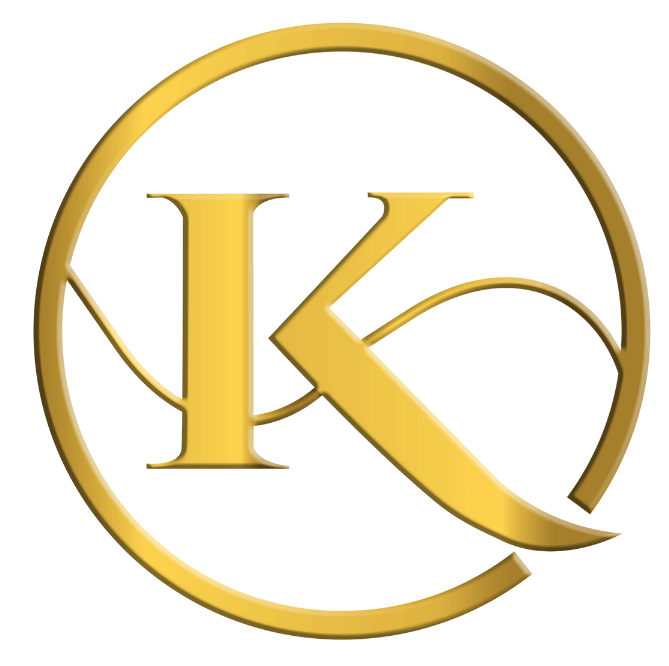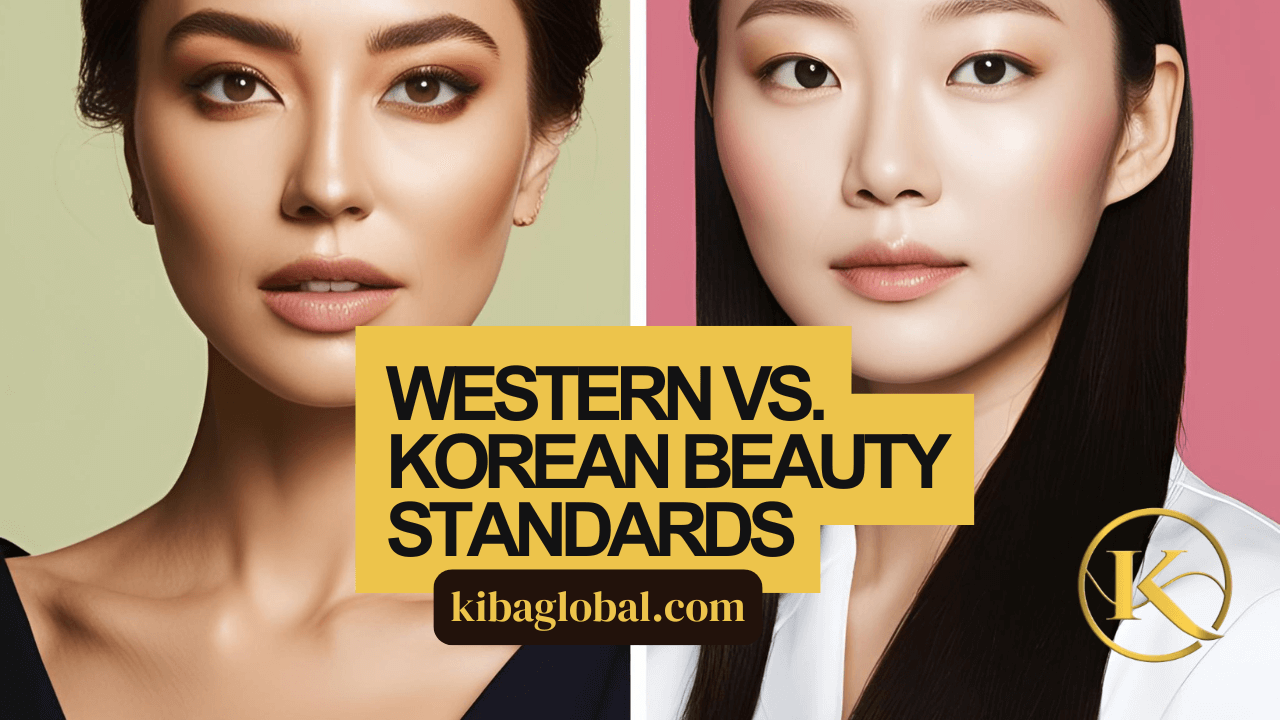What defines beauty? This question has perplexed humanity for centuries, and the answer often varies between cultures. When comparing Western and Korean beauty standards, the distinctions become even more pronounced. As industries continue to globalize, understanding these differences not only enriches one’s cultural insight but also empowers beauty professionals aiming to cater to diverse client needs. With Korea establishing itself as a beacon in the beauty industry, it is essential to understand how its standards and innovations compare to those of the Western world.

Historical Context
Western Beauty Standards
Western beauty standards have evolved significantly over centuries, influenced by various historical periods such as the Renaissance, Victorian era, and the Roaring Twenties. These phases each brought distinct ideals and aesthetics to the forefront, shaping current perceptions of beauty.
Korean Beauty Standards
Korean beauty standards have a rich historical context deeply rooted in Confucianism, which emphasizes harmony, propriety, and natural beauty. This historical backdrop has profoundly influenced modern Korean beauty ideals, from skincare routines to cosmetic products.
General Beauty Ideals
Western Beauty Ideals
In Western cultures, beauty ideals often emphasize individualism, diversity, and a more laissez-faire approach to aesthetic enhancement. Characteristics that are typically favored include high cheekbones, fuller lips, and a toned physique.
Korean Beauty Ideals
Korean beauty ideals focus on achieving a polished, youthful, and harmonious appearance. Features such as smooth, fair skin, a V-shaped jawline, and large, bright eyes are highly coveted. This emphasis on youthfulness and uniformity contrasts sharply with Western ideals.
Skincare Routines
Western Skincare Routines
Western skincare routines can vary widely but often emphasize convenience and multifunctionality. Products like cleansers, moisturizers, and sunscreens are staples, but the routine typically involves fewer steps.
Korean Skincare Routines
The Korean skincare routine is renowned for its multistep approach, often comprising 10 steps or more. This meticulous process includes cleansing, exfoliating, toning, essence, serums, sheet masks, and sun protection, emphasizing hydration and a dewy complexion.
| Step | Western Skincare Routine | Korean Skincare Routine |
|---|---|---|
| Cleanser | Typically one-step cleansing | Double cleansing (oil and foam) |
| Exfoliator | Weekly use | Regular use of mild exfoliators |
| Toner | Often skipped or simplified | Essential for pH balance |
| Essence/Serum | Used, but not universally | Key step for hydration and repair |
| Moisturizer | Daily | Emphasis on layering |
| Sunscreen | Daily, especially in summer | Daily, year-round |
| Sheet Masks | Occasional | Regular use for various concerns |
Makeup Preferences
Western Makeup Preferences
Western makeup often centers around bold, dramatic looks. Techniques like contouring, highlighting, and the application of bold lip colors are popular. The preference is often for a matte finish, emphasizing features such as full lips and strong eyebrows.
Korean Makeup Preferences
Korean makeup focuses on achieving a natural, radiant look. The “no-makeup makeup” look is popular, characterized by a dewy complexion, gradient lips, and softly defined eyes. Products like BB creams and cushion compacts are staples in achieving this look.
| Feature | Western Makeup | Korean Makeup |
|---|---|---|
| Foundation | Full coverage, matte finish | Light coverage, dewy finish |
| Lips | Bold, defined colors | Gradient lips, softer shades |
| Eyes | Strong eye makeup, smoky eye | Subtle, natural eye makeup |
| Contouring | Heavy contouring to define features | Minimal or no contouring |
Cosmetic Surgery Trends
Western Cosmetic Surgery Trends
In the West, cosmetic surgery is often used to enhance or dramatically alter one’s appearance. Procedures like rhinoplasty, breast augmentation, and liposuction are common. The goal is usually to achieve a more sculpted, youthful look.
Korean Cosmetic Surgery Trends
In Korea, cosmetic surgery is incredibly popular and socially accepted. Procedures such as double eyelid surgery, jawline reduction, and rhinoplasty are prevalent. The aim is often to achieve facial symmetry and a delicate, refined appearance.
| Procedure | Western Trend | Korean Trend |
|---|---|---|
| Rhinoplasty | To enhance or dramatically alter shape | To achieve a more delicate nose |
| Eyelid Surgery | Less common unless correcting ptosis | Double eyelid surgery very popular |
| Lip Surgery | Often for augmentation (fuller lips) | Less focus, natural shape preferred |
| Jawline Surgery | Rare, minor adjustments | Common for V-line jaw reduction |
Cultural Influences
Western Cultural Influences
Western beauty standards are heavily influenced by media, celebrity culture, and a growing movement towards body positivity and self-acceptance. Social media platforms like Instagram and TikTok play a significant role in shaping beauty trends and ideals.
Korean Cultural Influences
In Korea, beauty standards are heavily influenced by K-pop idols, actors, and social media influencers. There is also a cultural emphasis on looking youthful and maintaining a meticulous appearance.
Product Innovations
Western Product Innovations
Western beauty products often focus on multifunctionality and convenience. Brands like Fenty Beauty, Glossier, and Urban Decay have popularized products that offer both efficiency and high performance.
Korean Product Innovations
Korean beauty innovations are renowned globally, with products like BB creams, cushion compacts, and sheet masks leading the charge. Korean brands often emphasize gentle formulations, advanced skincare technologies, and novel ingredients like snail mucin and ginseng.
| Product Type | Western Innovations | Korean Innovations |
|---|---|---|
| Foundation | Long-wear liquid foundations | BB creams, cushion compacts |
| Skincare | Retinol, Vitamin C serums | Snail mucin, fermentation essence |
| Masks | Clay masks, peel-off masks | Sheet masks, hydrogel masks |
| Lip Products | Liquid matte lipsticks | Gradient lip tints, lip oils |
Standards of Aging
Western Standards of Aging
In Western cultures, there is an increasing focus on aging gracefully, with a growing acceptance of natural signs of aging. Anti-aging products and procedures are prevalent, but there is a cultural shift towards embracing authenticity and natural beauty.
Korean Standards of Aging
In contrast, Korean beauty standards emphasize maintaining a youthful appearance for as long as possible. Anti-aging skincare is a significant focus, and there is a cultural expectation to look younger than one’s actual age, driven by societal and media influences.
Beauty Industry Leaders
Western Industry Leaders
Western beauty industry leaders include brands like Estée Lauder, L’Oréal, and Sephora, which dominate the market with their extensive product ranges and innovative marketing strategies. Influential personalities also play a pivotal role in shaping the industry’s landscape.
Korean Industry Leaders
Korean beauty industry leaders such as Amorepacific, Laneige, and Innisfree have revolutionized the market with their cutting-edge products and global reach. These brands have set new standards in skincare and cosmetics, making Korean beauty an international phenomenon.
Conclusion
Understanding the differences between Western and Korean beauty standards reveals not only divergent aesthetic preferences but also distinct cultural values and innovations. For beauty professionals keen to expand their horizons, integrating aspects from both worlds can provide a more comprehensive and inclusive approach to beauty. By embracing the richness of both standards, one can better cater to diverse client needs and stay ahead in an ever-evolving industry.
In this globalized era, the fusion of Western and Korean beauty innovations offers exciting possibilities. Whether you are a beauty enthusiast, professional, or entrepreneur, acknowledging and appreciating these differences can lead to a more enriched and inclusive beauty experience. At KIBA Global, we are committed to bridging these gaps and empowering beauty professionals worldwide with the knowledge and tools needed to excel in their craft.

